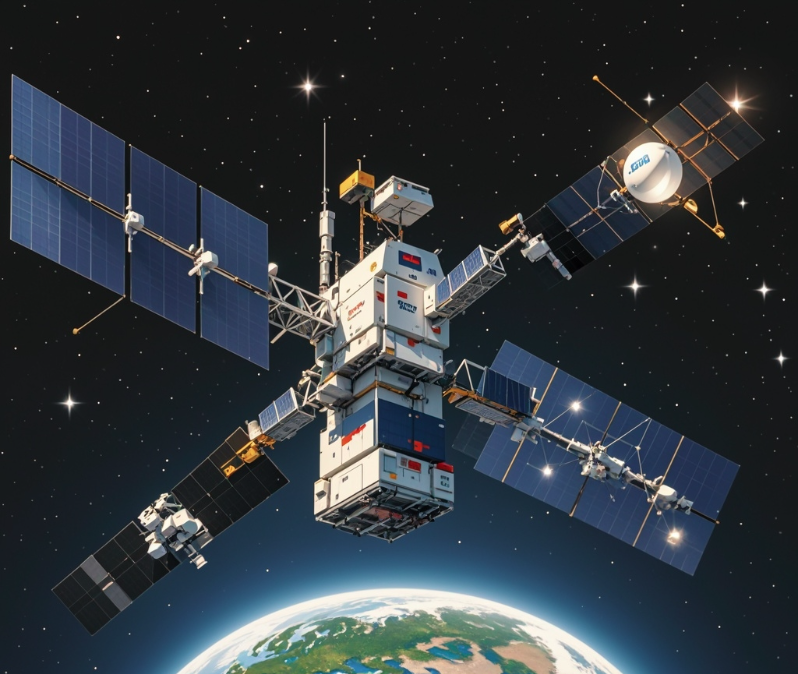Making Wireless IoT Project Easy, Smart, Secure.
GET A FREE SAMPLEBeidou-3 is the world's first satellite navigation system to provide tri frequency signal services. The use of dual frequency signals in satellite navigation systems can reduce the impact of ionospheric delay, while the use of tri frequency signals can construct more complex models to eliminate high-order errors in ionospheric delay and improve the efficiency of carrier phase ambiguity resolution. Theoretically, this can improve the convergence speed of the carrier. Therefore, GPS will also adopt a three frequency signal system in the future.

Beidou-2 provides three public service signals, B1I, B2I, and B3I, in the B1, B2, and B3 frequency bands. The center frequency of B1 band is 1561.098 MHz, B2 is 1207.14 MHz, and B3 is 1268.52 MHz. Beidou-3 provides five public service signals, B1I, B1C, B2a, B2b, and B3I, in the B1, B2, and B3 frequency bands. The center frequency of the B1 frequency band is 1575.42MHz, B2 is 1176.45MHz, and B3 is 1268.52MHz.
The actual constellation PDOP value of the Beidou satellite navigation system has reached the international leading level. The indicator parameters of a navigation constellation mainly include the number of available satellites in orbit and the Position Dilution of Precision (PDOP) factor. The number of available satellites determines the coverage of the constellation's navigation signals, and PDOP is an important indicator used to measure the positioning accuracy and geometric strength of satellite navigation systems, usually determined by the standard single point positioning observation equation.
The factor reflecting the attenuation of positioning accuracy is related to the spatial geometric distribution of the measured satellite. The larger the spatial distribution range, the smaller the PDOP value, and the higher the positioning accuracy; The larger the PDOP value, the lower the positioning accuracy. The Beidou system adopts a hybrid constellation to improve regional service performance on the basis of achieving global services. The actual PDOP of Beidou-3 has a minimum value of 1.3 and an average value of 1.7, which is at the forefront of the world.
Compared with GPS using dual frequency signals, using tri frequency signals can construct more complex models to eliminate high-order errors in ionospheric delay, while improving the efficiency of carrier phase ambiguity resolution and theoretically increasing carrier convergence speed.
In other fields, such as wireless routers, tri band wifi refers to the router's ability to transmit signals in one 2.4GHz frequency band and two 5GHz frequency bands, with the two 5GHz frequency bands further divided into low frequency 5.2GHz and high frequency 5.8GHz. If you turn off tri band integration, there will be three wifi signals. This type of tri band router has certain advantages in some scenarios, such as in multi router mesh networking applications, where a 5GHz frequency band can be set up for data return between the mesh sub router and the main router. The frequency band used for return and the frequency band used to connect wireless terminals can be separated without affecting each other, greatly improving the speed and stability of the router.
In mobile signal amplifiers, there are also three frequency products that can support signal amplification in multiple frequency bands, with a wider range of applications. The frequency range in its attributes, such as 850/900/1800/2100/2700, indicates that it can support signal amplification in these frequency bands.
Prev:What are the characteristics and application scenarios of Bluetooth beacons
Next:Comprehensive understanding of Beidou short message communication
Copyrights© Shenzhen Skylab Co.,LTD All Rights Reserved.

